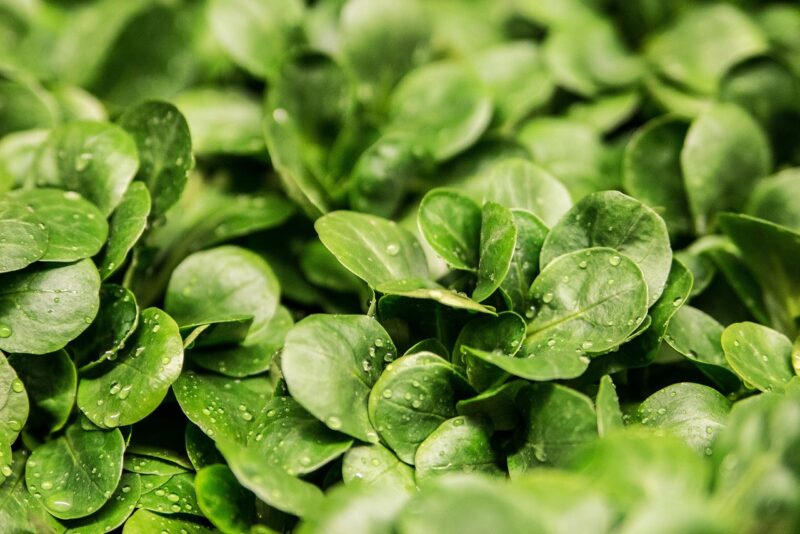
Starting a garden can be an incredibly rewarding experience that brings beauty, tranquility, and even fresh produce into your life. For beginners, the prospect of starting your own garden might seem daunting, but with the right guidance and a bit of patience, anyone can create a thriving green space. This comprehensive guide will walk you through the essential steps to set up your garden, from planning and preparation to planting and maintenance.
1. Understanding the Basics of Gardening
Before diving into the practical aspects, it’s essential to understand the basics of gardening. Gardening involves cultivating soil, planting seeds or plants, and nurturing them until they grow. Here are some key concepts to grasp:
- Soil Quality: Good soil is the foundation of a healthy garden. It should be rich in nutrients and have proper drainage. Testing your soil can help identify any deficiencies that need to be addressed.
- Sunlight Exposure: Most plants require direct sunlight for several hours a day to thrive. Observe your garden space to identify areas that receive ample sunlight and those that may be too shady for certain crops.
- Watering Needs: Different plants have varying water requirements. Learning how to adequately water your plants based on their individual needs is crucial for success.
Understanding these fundamentals will make it easier to navigate the world of gardening and ensure a stronger start for your new endeavor.
2. Choosing the Right Location
The first step in starting a garden is selecting the right location. Your site should have the following characteristics:
- Sunlight: Choose a spot that receives at least 6-8 hours of sunlight each day. Observe how sunlight moves through your yard or balcony throughout the day before settling on a spot.
- Accessibility: Make sure your garden is easily accessible for watering, weeding, and harvesting. A location close to your home can make regular maintenance easier.
- Drainage: Avoid areas where water tends to pool. Proper drainage is vital to prevent waterlogging, which can harm your plants.
Choosing the right location sets the groundwork for a successful garden, so take your time to assess your space.
3. Preparing the Soil
Once you’ve identified the perfect location, it’s time to prepare the soil. Healthy, nutrient-rich soil is foundational for any garden. Here’s how to prepare your soil effectively:
- Test Your Soil: You can buy a soil testing kit or send samples to a local extension office. Understanding your soil’s pH and nutrient levels can help you amend it effectively.
- Clear the Area: Remove any weeds, rocks, or debris from the garden bed. Weeds compete for nutrients and water, so it’s crucial to start with a clean slate.
- Add Organic Matter: Incorporate organic matter such as compost, aged manure, or leaf mold to improve soil structure, water retention, and nutrient content. Aim for a balanced mix for the best results.
- Till the Soil: Use a garden fork or rototiller to turn the soil and mix in amendments. This aerates the soil, promoting healthy root growth for your plants.
Proper soil preparation is an essential step that will significantly impact the growth and yield of your garden.
4. Choosing Your Plants
Selecting the right plants for your garden is crucial, especially for beginners. Here’s how to choose:
- Consider Your Climate: Research which plants thrive in your local climate and hardiness zone. Native plants can be a great option as they are adapted to local conditions.
- Choose Easy-to-Grow Varieties: As a beginner, start with plants that are forgiving and low-maintenance, such as:
- Tomatoes
- Radishes
- Lettuce
- Zucchini
- Sunflowers
- Plan for Companion Planting: Some plants grow better alongside others. For example, tomatoes and basil are great companions. Research companion planting to maximize your garden’s potential.
By carefully selecting your plants, you can lay the groundwork for a productive and rewarding garden experience.
5. Planting Your Seeds or Seedlings
Now that you’ve prepared your soil and chosen your plants, it’s time to plant. Here’s how:
- Follow Planting Instructions: Each plant has specific planting depths and spacing requirements. Refer to seed packets or plant labels to ensure optimal growth conditions.
- Water Immediately After Planting: Give your plants a thorough watering right after planting to help them settle into their new environment. Ensure the soil is moist but not waterlogged.
- Mulch Your Garden: Apply a layer of organic mulch, such as straw or wood chips, to help retain moisture, suppress weeds, and regulate soil temperature.
Taking the time to plant correctly enhances the chances of your plants thriving in their new home.
6. Maintaining Your Garden
Ongoing maintenance is critical to keeping your garden healthy and productive. Here are essential maintenance tasks to follow:
- Water Regularly: Establish a consistent watering routine based on your plants’ needs. Generally, watering early in the morning or late in the evening is best to reduce evaporation.
- Weed Daily: Regularly check for weeds, especially after rainfall, and remove them to prevent competition for nutrients and space.
- Fertilize When Necessary: Depending on the plants you’ve chosen and your soil testing results, you might need to add fertilizer to provide additional nutrients.
- Inspect for Pests: Regularly look for signs of pests and diseases. Remove any affected leaves or utilize organic pest control methods as needed.
By paying attention to these maintenance tasks, you will create a flourishing garden that brings joy throughout the growing season.
7. Enjoying the Fruits of Your Labor
As your garden flourishes, remember to take a step back and enjoy what you have cultivated. The satisfaction of harvesting your own vegetables or flowers is unmatched. Sharing your bounty with friends and family can also elevate the experience.
Consider setting up a small gathering or picnic in your garden to appreciate the beauty of your hard work and dedication. Document your garden’s progress through photos or journaling, letting you appreciate your growth as a gardener over time.
Conclusion
Starting a garden is an exciting project that allows you to connect with nature and enjoy the satisfaction of nurturing life. By following these tips and being patient with yourself through the learning process, you can become a skilled gardener in no time. Remember, every seasoned gardener started as a beginner; the key is to embrace the journey and enjoy the fruits of your labor.
Happy gardening!






